聖徳太子が生まれた地に建つ寺
飛鳥寺の次に、自転車を飛ばして橘寺に行きました。さわやかな青空の下、飛鳥の地を巡るのは、古代を旅するようで気持ちいいです。周囲の山々も、当時の人が見たのと同じ光景なのでしょう。中には、歩いて巡っている人もいます。お疲れ様です。
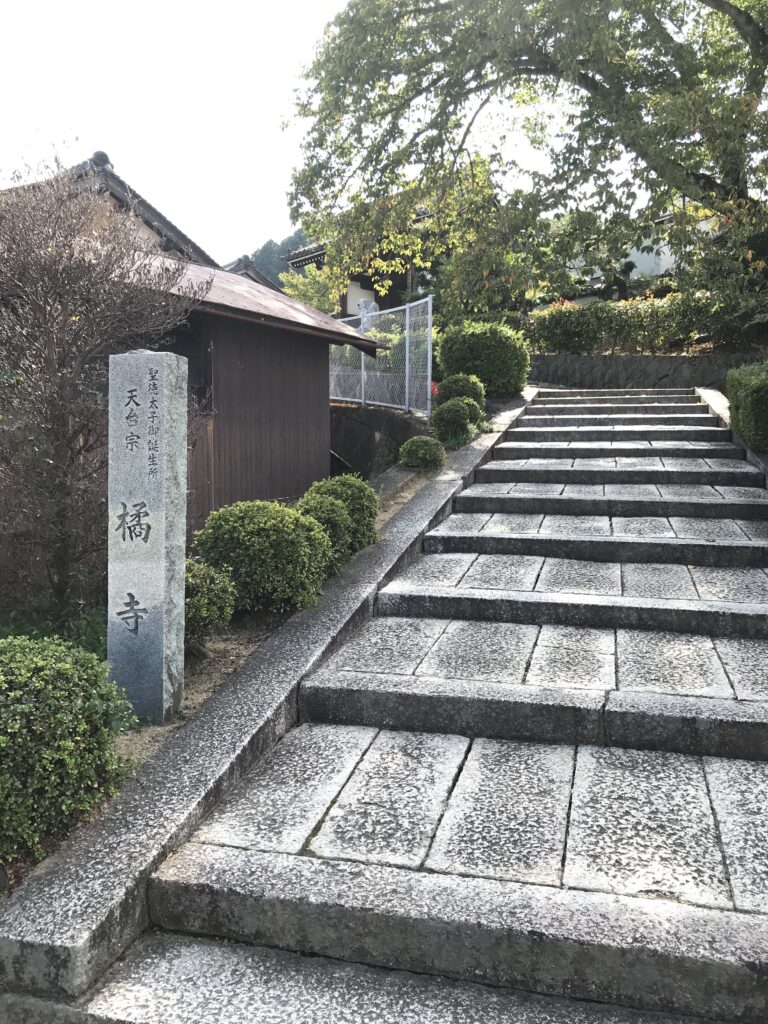
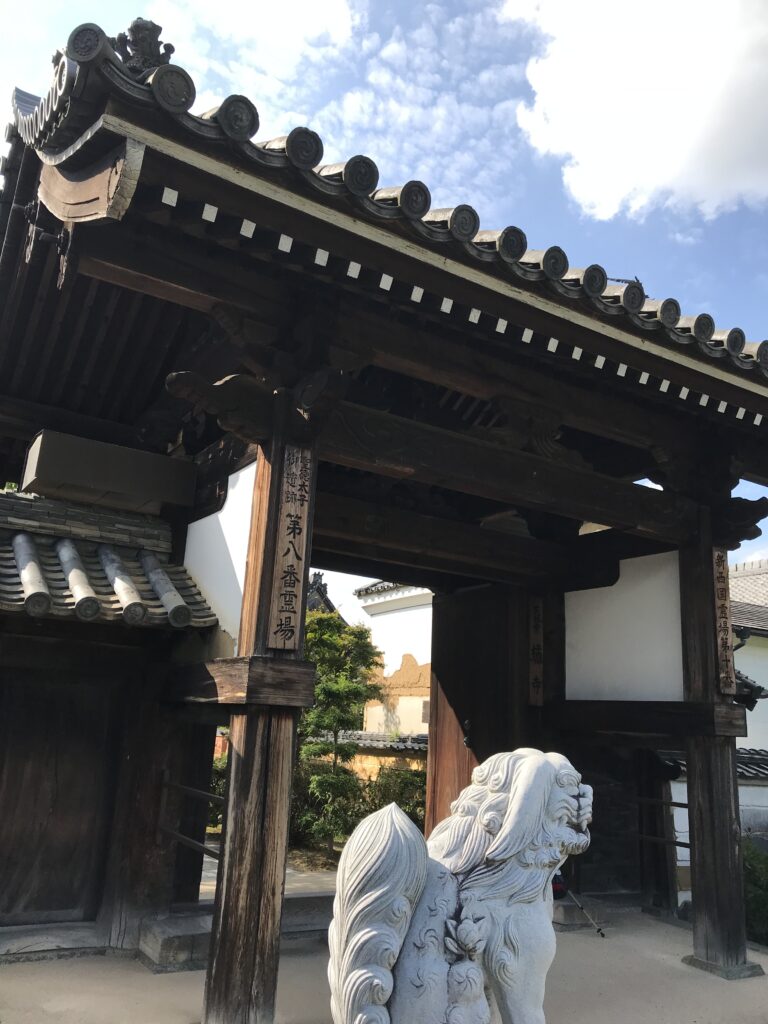
橘寺の名前を初めて聞く方もいらっしゃると思いますが、ここは聖徳太子の生誕地で、当時、橘の宮という欽明天皇の別宮がありました。後に、この地に奇蹟があり、天皇がお寺を建てるように太子に命じたそうです。当初は金堂、講堂、五重塔を含めて66棟も建ち並んでいたと言われます。
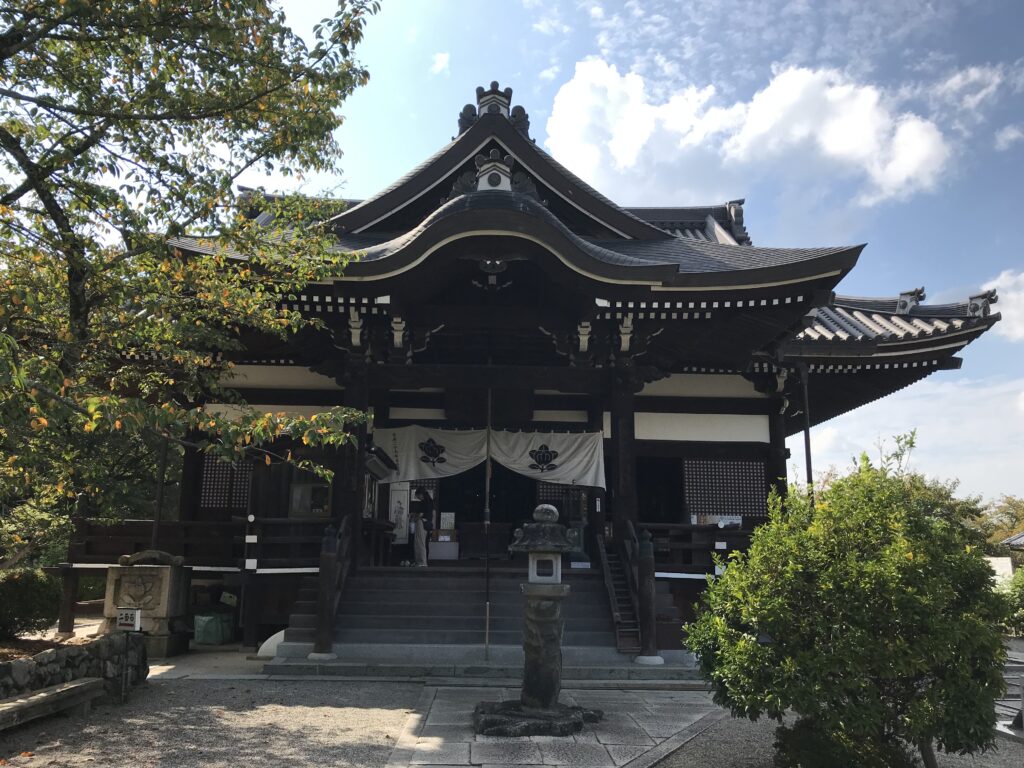
当時は尼寺だったのか?
日本書紀には、681年に尼房失火のため十房焼いた記録があるそうで、当時は尼寺であったのではと思われています。訪問当日はまず、本堂(太子堂)にて聖徳太子像にお参りいたしました。現在のお堂は幕末の1864年に多くの人々の力により再建されてた比較的新しい建物です。太子堂から正面を見ると、前方遠くの低い山まで視界が開けています。
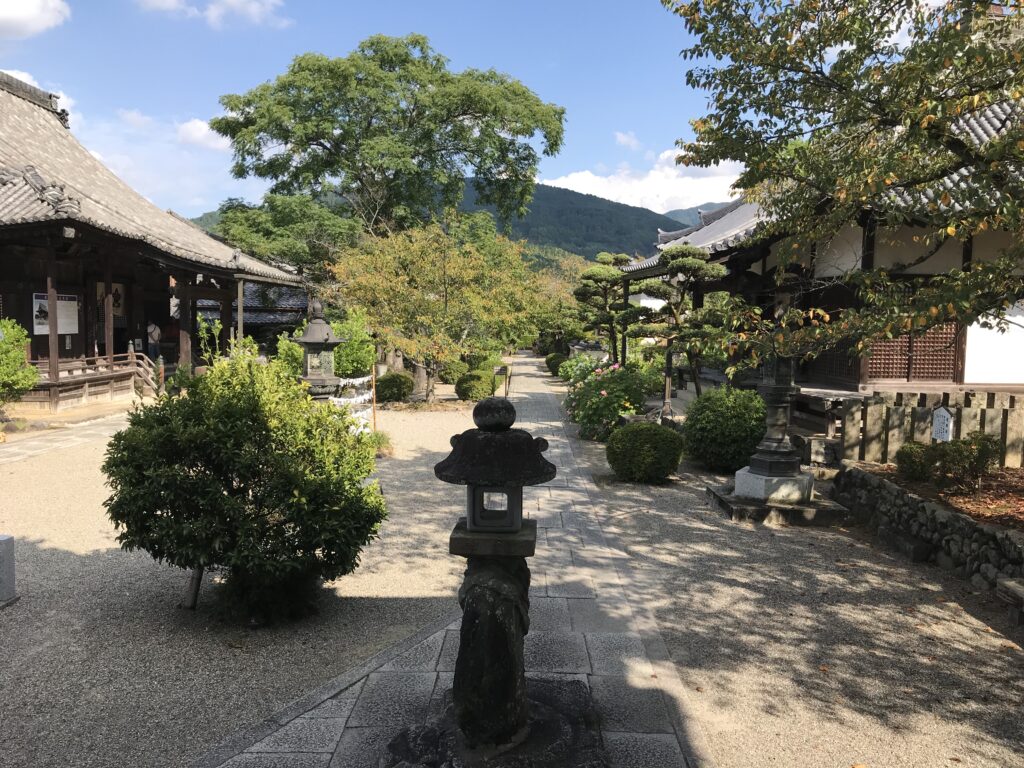
次に観音堂にて六臂如意輪観世音菩薩像が安置してあり、お参りしまいた。こちらは藤原時代の作であり、先ほど飛鳥寺で見てきた大仏様とは表情が全く異なり、ふっくらした、いかにも慈悲深そうなお顔をされていました。
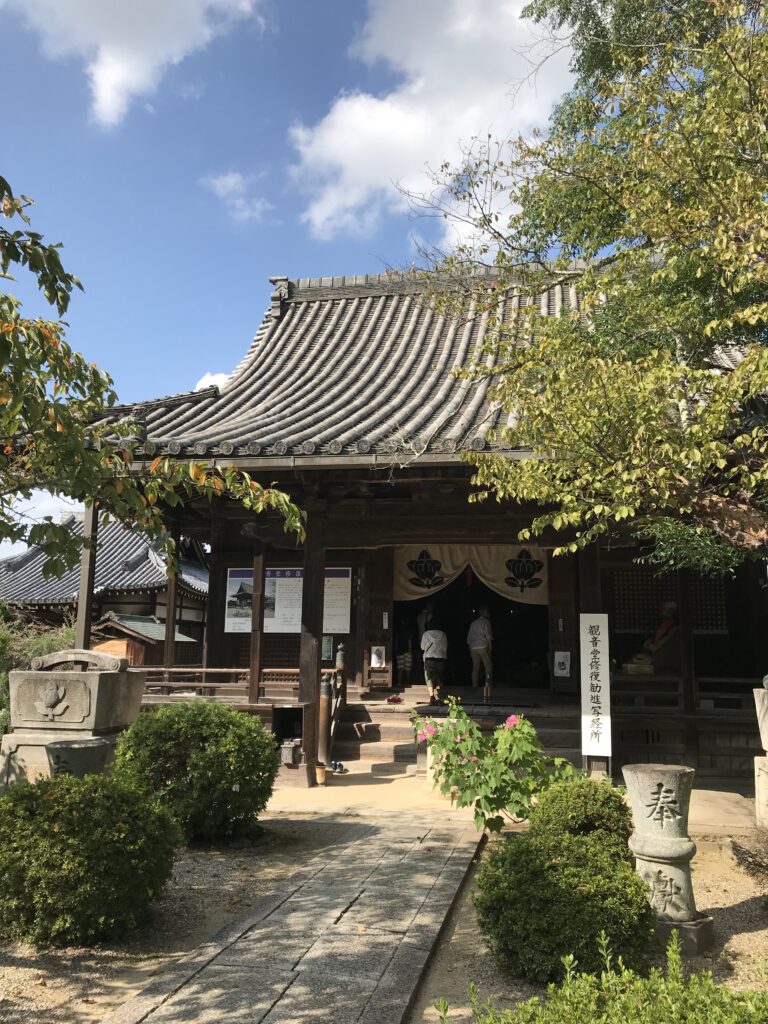
悪面と善面の石顔
最後に2面石という、石の左右に人の顔を彫った石を見てきました。人の心の善悪2相を表したものだそうです。左悪面、右善面らしいのですが、飛鳥時代のものなので、ヒトの表情も現在と違うのか、はたまたすり減っているだけなのか、どっちも悪面に見えてしまいました。(完)
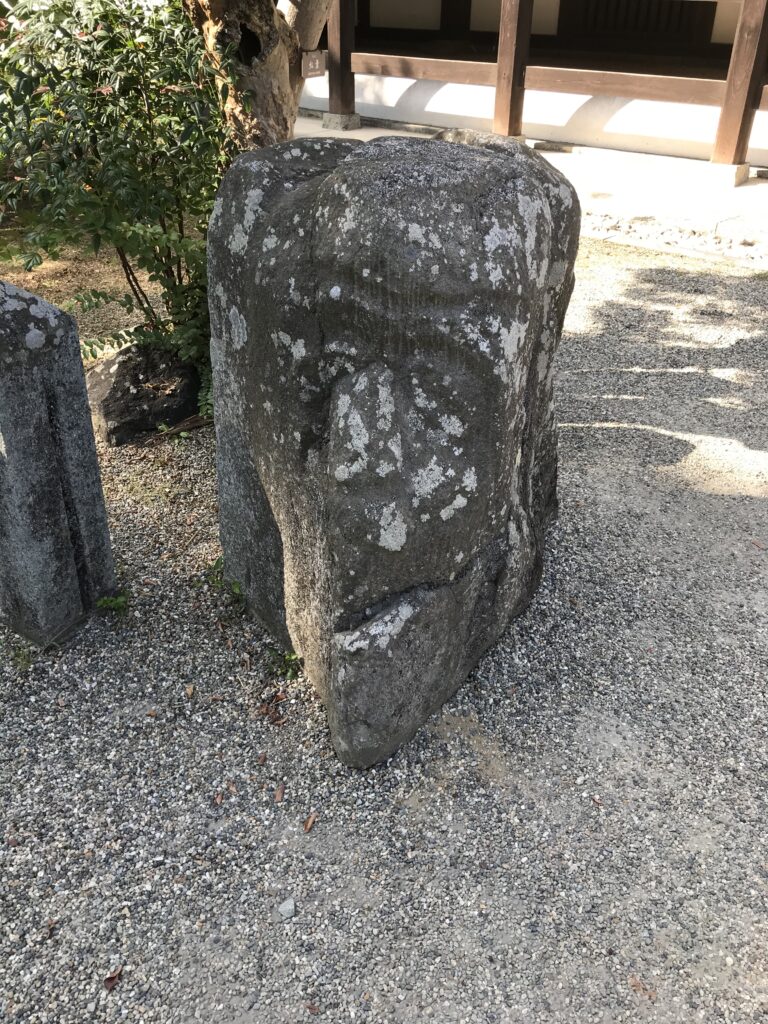
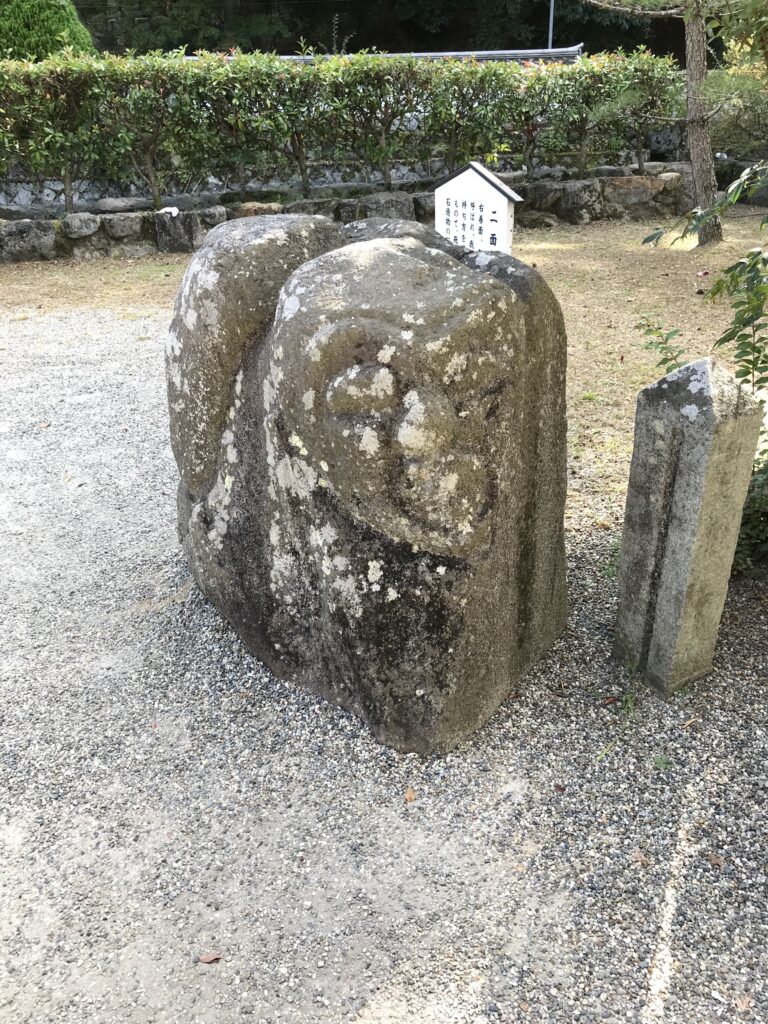
橘寺の御朱印
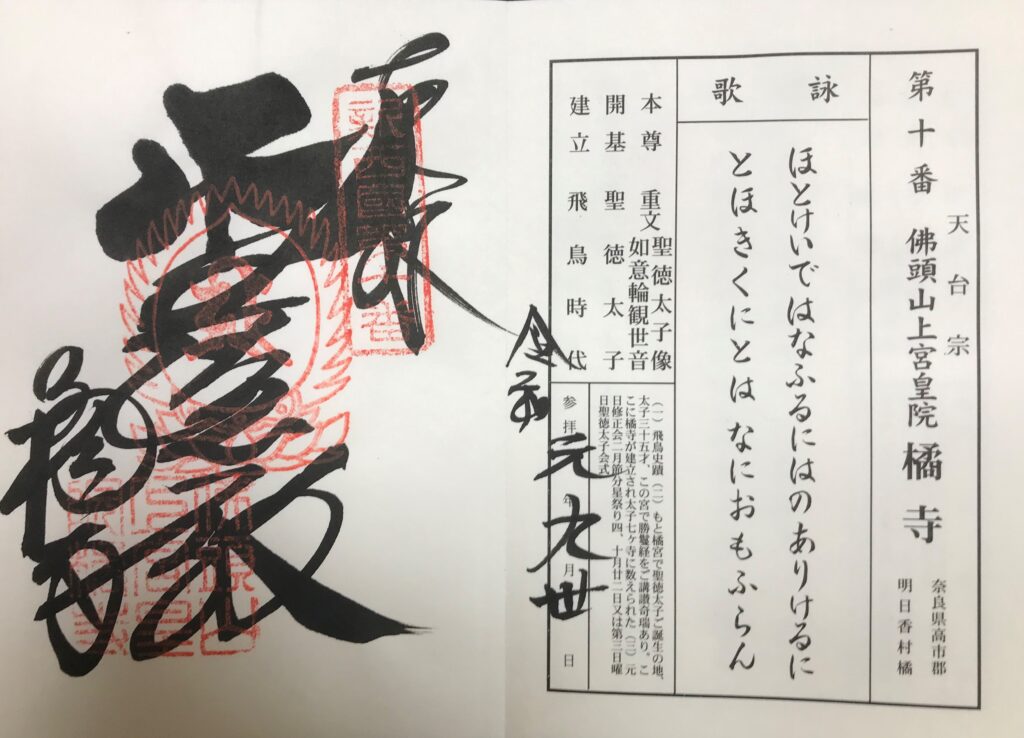
奈良のお土産
奈良出張の際に、近鉄電車で大阪に戻る前に商店街の山崎屋さんでよく買っています。
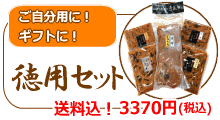
価格:3,370円
(2022/4/2 14:18時点)
感想(44件)
Tachibana Temple (Nara Prefecture)
Temple built on the site where Prince Shotoku was born
Next to Asuka-dera Temple, I hopped on my bicycle and went to Tachibana-dera Temple. Touring the Asuka area under a crisp blue sky was like traveling through ancient times. The surrounding mountains must have been the same scene as people saw in those days. Some visitors are walking around. Thank you for your hard work.
Some of you may have never heard of Tachibana Temple before, but this is the birthplace of Prince Shotoku, and at that time there was a separate palace of Emperor Kinmei called Tachibana-no-miya. Later, there was a miraculous event here, and the emperor ordered Prince Shotoku to build a temple. It is said that in the beginning there were 66 buildings including Kondo hall, Kodo hall, and a five-story pagoda.
Was it a nunnery then?
In the Nihon Shoki (Chronicles of Japan), there is a record of burning ten nunneries in 681 because of a fire that broke out in a nunnery, and it is believed that the temple was a nunnery at that time. On the day of my visit, I first paid my respect to the statue of Prince Shotoku in the main hall (Taishido). The present hall is relatively new, having been rebuilt in 1864 with the help of many people. Looking from the Taishido to the front, there is a clear view of the low mountains in the distance.
Next, I visited the Kannon Hall, where a statue of the six-armed Nyoirin Kannon Bodhisattva is enshrined. This statue was made in the Fujiwara period (1600-1868), and its expression was completely different from that of the Daibutsu statue I had seen at Asukadera Temple.
Stone face of the evil and the good
Finally, I saw a two-faced stone, a stone with a human face carved on either side. It is said to represent the two phases of the human heart, good and evil. It is said that the left face is evil and the right face is good, but since it was carved during the Asuka period (710-794), the human faces may be different from today, or perhaps they are just worn out. (END)
TTemple Tachibana (préfecture de Nara)
Temple construit sur le site où est né le prince Shotoku.
Après le temple Asuka-dera, j’ai enfourché mon vélo pour me rendre au temple Tachibana-dera. Visiter la région d’Asuka sous un ciel bleu vif, c’était comme voyager dans les temps anciens. Les montagnes environnantes devaient être les mêmes que celles que les gens voyaient à l’époque. Quelques visiteurs se promènent. Merci pour votre travail.
Certains d’entre vous n’ont peut-être jamais entendu parler du temple Tachibana, mais c’est le lieu de naissance du prince Shotoku, et à cette époque, il y avait un palais séparé de l’empereur Kinmei appelé Tachibana-no-miya. Plus tard, un événement miraculeux s’est produit ici, et l’empereur a ordonné au prince Shotoku de construire un temple. On dit qu’au début, il y avait 66 bâtiments, dont la salle Kondo, la salle Kodo et une pagode à cinq étages.
C’était un couvent à l’époque ?
Dans le Nihon Shoki (Chroniques du Japon), il est fait mention de l’incendie de dix couvents en 681 à cause d’un incendie qui s’est déclaré dans un couvent, et on pense que le temple était un couvent à cette époque. Le jour de ma visite, j’ai d’abord rendu hommage à la statue du prince Shotoku dans le hall principal (Taishido). Le hall actuel est relativement récent, ayant été reconstruit en 1864 avec l’aide de nombreuses personnes. En regardant depuis le Taishido vers l’avant, on a une vue dégagée sur les basses montagnes au loin.
J’ai ensuite visité le hall Kannon, où est enchâssée une statue du bodhisattva Nyoirin Kannon à six bras. Cette statue a été réalisée pendant la période Fujiwara (1600-1868), et son expression était complètement différente de celle de la statue Daibutsu que j’avais vue au temple Asukadera.
Visage de pierre du mal et du bien
Enfin, j’ai vu une pierre à deux faces, une pierre avec un visage humain sculpté de chaque côté. On dit qu’elle représente les deux phases du cœur humain, le bien et le mal. On dit que le visage gauche est mauvais et le visage droit est bon, mais comme elle a été sculptée pendant la période Asuka (710-794), les visages humains peuvent être différents d’aujourd’hui, ou peut-être sont-ils simplement usés. (FIN)
